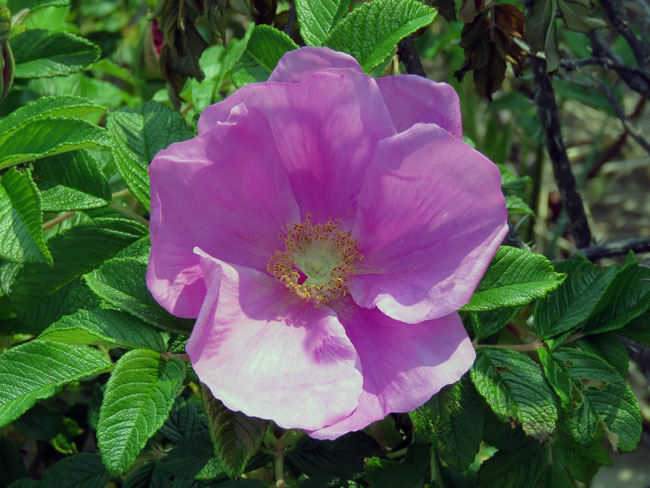
It’s been so long since I’ve seen the ocean
I guess I should
~ Counting Crows
♫ (A Long December) ♫
It rained for the first two days of our three-day visit with our son and daughter-in-law in Georgia. But our spirits were not dampened and we packed a lot of fun in in spite of it. When the sun came out on day three we headed for the magical Driftwood Beach. The name of it doesn’t make a lot of sense because these ancient twisted tree trunks and branches are what remains of a maritime forest after years of erosion from the sea.







Surprisingly, I only saw one gull there. But, the last thing I expected to see was a pair of woodpeckers! A new life bird for me!




The Pileated Woodpecker is one of the biggest, most striking forest birds on the continent. It’s nearly the size of a crow, black with bold white stripes down the neck and a flaming-red crest. Look (and listen) for Pileated Woodpeckers whacking at dead trees and fallen logs in search of their main prey, carpenter ants, leaving unique rectangular holes in the wood. The nest holes these birds make offer crucial shelter to many species including swifts, owls, ducks, bats, and pine martens.
~ All About Birds website




As we were leaving, walking towards the sun, I started to notice some of the shadows on the sand… and then an egret fishing in a little beach pond along the path back to the parking lot.

It was so good being near the ocean again, even if just for a few hours. More vacation pictures coming soon…


































































































